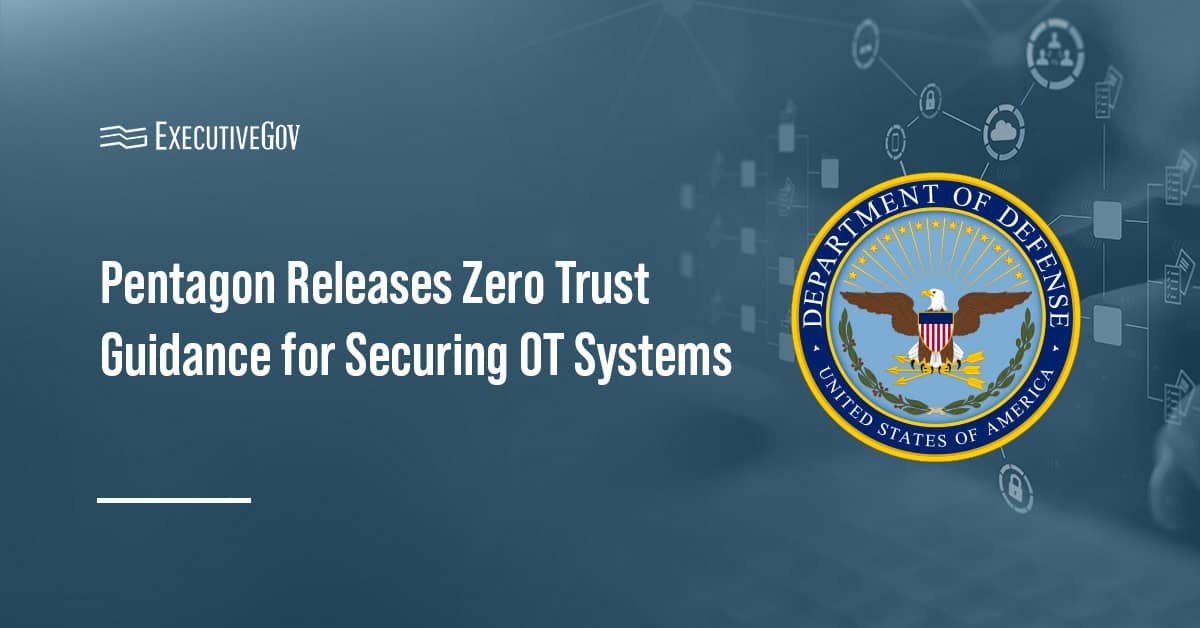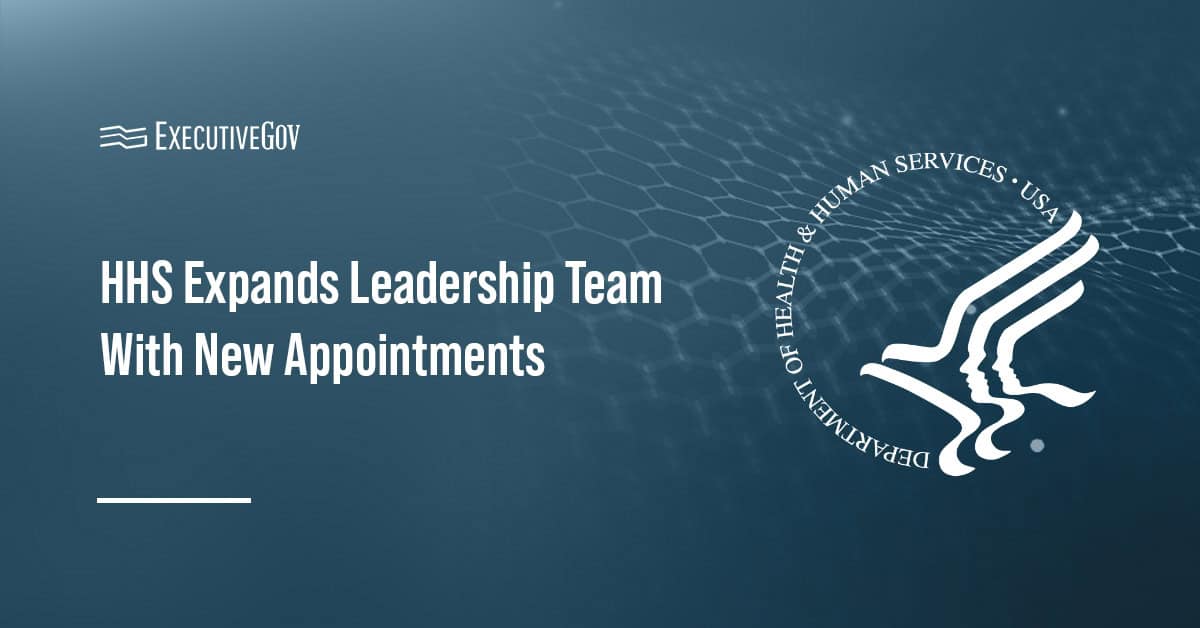
Cheryl Ingstad, who led artificial intelligence efforts in the private sector, has been sworn in to serve as the first director of the Department of Energy’s AI and Technology Office.
AITO works to develop, deliver and manage AI technologies in support of DOE and U.S. innovation, the department said Thursday. The new office is also responsible for other AI-related efforts and engagements with other sectors and foreign entities.
“It is an honor to be able to lay the foundation for this critical office with DOE’s world-class AI experts,” Ingstad said.
She most recently oversaw AI commercialization efforts with 3M Company. The director also formerly served as an intelligence officer with the Defense Intelligence Agency’s information operations unit.





